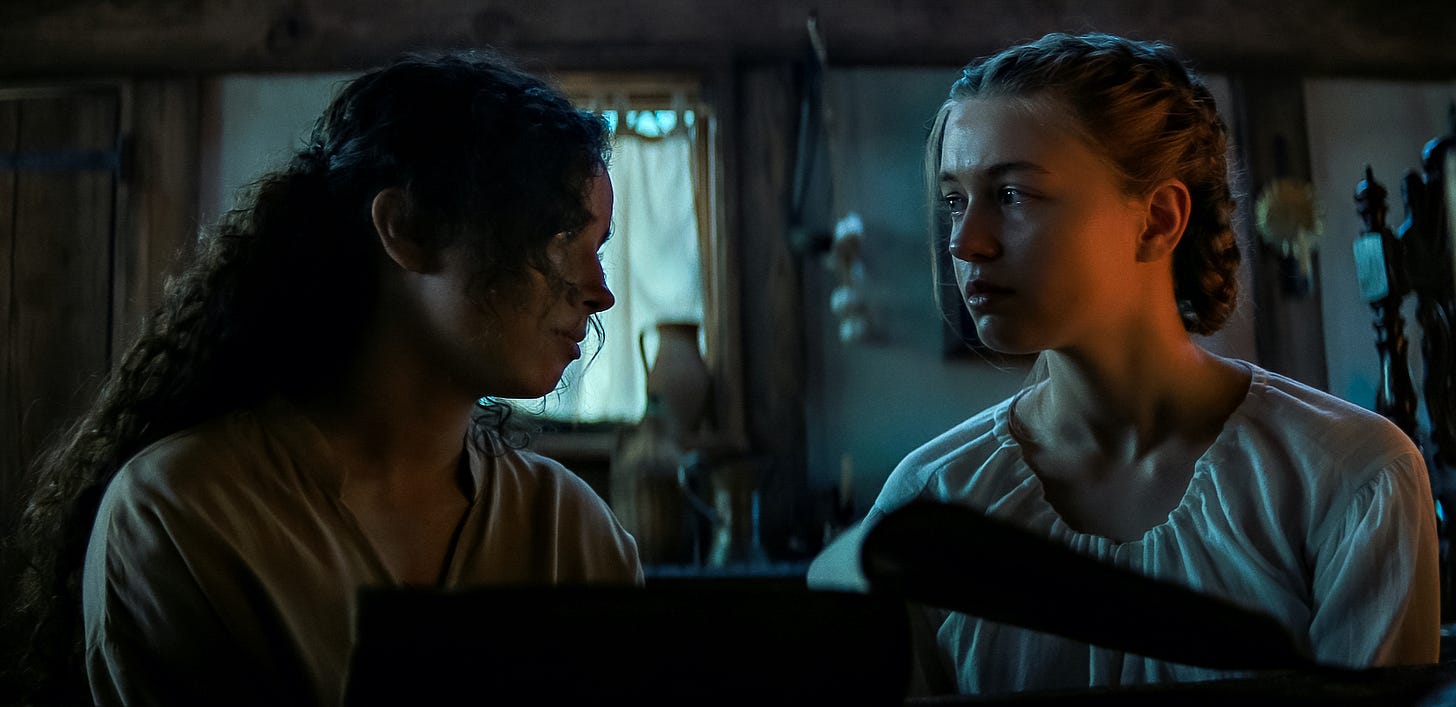Progressive throwback
Though far from perfect, Leigh Janiak's teen horror trilogy, Fear Street, sides with a townful of misfits and gives space for queer heroines.
The first thing, really, is seeing.
According to its number of monthly Google searches, ‘queer horror’ has long been a sub-genre before there even is a queer horror movie. Films like Psycho, A Nightmare on Elm Street 2, and The Babadook have been peddled as queer horror films even when they haven’t got any queer characters to speak of.
Fear Street—the three-part horror epic from Honeymoon director Leigh Janiak—finally brings body to that kind of film that felt, more than anything, like folklore.
Marketed as a ‘film event’ by Netflix, the trilogy feels less like a cohesive succession of films and more like a glorified limited series specifically made for horror fans. Two of the three stories unabashedly call back to its forebears, from Scream to Friday the 13th.
Both are bigger than genre pastiche, even if the references tend to drown out everything else. They’ve got, at least, some things to say. I’ve reviewed both, as well as the finale set in the 17th Century, for Unreel. And the trilogy, as a whole, brings up important conversations, champions otherness, and pushes for representational progress. No wonder they give off such a communal feel.
But the films aren’t without flaws. In fact, there are plenty.
First, the characters. The center lesbian romance—at least without the context of the third and final film—feels somewhat stilted. The principal character, Deena, in particular, is aggravating. In Fear Street Part One: 1994, she condemns her partner, Sam, for having to leave her in Shadyside as a product of Sam’s parents’ divorce. Weird, in that it’s established early on that Deena despises her town and, along with her friends Kate and Simon, aims to escape its grasp.
Second, the scant suspense. Rarely do the films get scary-scary because of weird mechanics. According to the centuries-old curse, ‘tis Shadysiders (and only Shadysiders) shall get the slicin’ and dicin’. This strains Fear Street Part Two: 1978 in particular, where the town divide is made vividly clear with inter-cabin bullying and the fact that the ax-wielding bogeyman is only after Shadyside residents and not Sunnyvalers.
Lastly, the writing. In Fear Street Part Three: 1666, the story time-jumps to the 17th Century to re-contextualize the motives behind the curse. Nothing about this entry feels like it imbibes the spirit of its era. For the most part, it just trudges along to a twist that any astute viewer will see from the outset.
That said, the films share a level of giddiness and glee that, though sometimes tip over the line (really, a Konami cheat code?), feel earnest. Expect a one-liner at every turn and a bloody kill at every lap.
Though I’ve left this trilogy slightly dissatisfied, I’m glad it’s getting love from fans. I think Janiak has struck something with Fear Street’s fans. I just hope I had caught the same lovebug.



